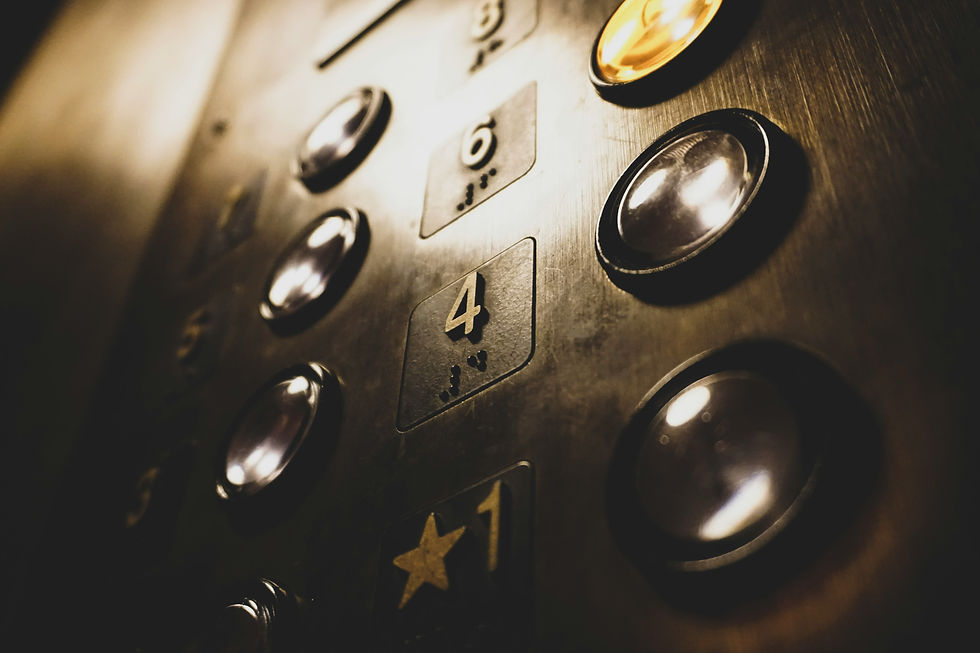Five Reasons Your Elevator May Be Malfunctioning
- vsaconsulting
- May 23, 2020
- 2 min read
Facilities and operations managers are confronted with a number of tasks in maintaining buildings. One the most aggravating problems for building managers and visitors alike, is an issue with the elevators. If you're experiencing a malfunction with your elevator, these five possible issues with your elevator may help you isolate the most common problems.
1) Noisy bearings including bearing malfunction.
A basic physical inspection will identify any worn or encrusted bearings. Double check that all grounds are secure. Noisy bearings are typically created by vibrations in the motor. This may produce a common mode current, which increases vibrations and stray currents, resulting in accelerated wear based on variable frequencies that may save you money on the overall electricity bill, but can be a contributor to bearing wear. The most common fix for this issue is an inductive absorber that will absorb the currents and protect your system from breakdowns.
2) Lubrications
Fluid levels and worn seals need to be checked and any leaks identified. Test the quality of the lubricants and oil. If a high level of bronze shows up in the gear case, this indicates premature wear of the crown gear. Conversely, If a high level of aluminum shows up in your hydraulic tank, that may indicate pump housing wear in a hydraulic elevator.
3) Alignment
This one is pretty simple. Alignment is very important. Shaft alignment between your electric motor and another piece of equipment is critical. An easy way to ensure your elevator alignment is to use advance laser measuring. If you don’t have one, you can also use a straightedge and string.
4) Failure of Power
Infrared Thermography can be employed to measure any drastic temperature changes that could be effecting your elevator. Elevators in general require a lot of power from the building they are servicing and any changes in voltage can have a great effect on their operation. Temperature spikes indicate several issues including too much or too little voltage, and possible impending motor failure. If the elevator has a history of power failures, this test will likely isolate the cause.
5) Ropes and Sheaves
Elevators move up and down on ropes and sheaves. Worn sheaves destroy the ropes and wear on the ropes can negatively affect sheaves. The groove profiles are what you are looking for to make sure there is a good fit between the ropes and sheaves. A simple visual check of the ropes and sheaves followed by a magnetic measurement and straight edge verifying the grooves will tell you if sheaves need to be regrooved or ropes replaced.
By checking the above before people start using a buildings elevator again, you’ll be able to find little issues before they become major expenses.




Comments